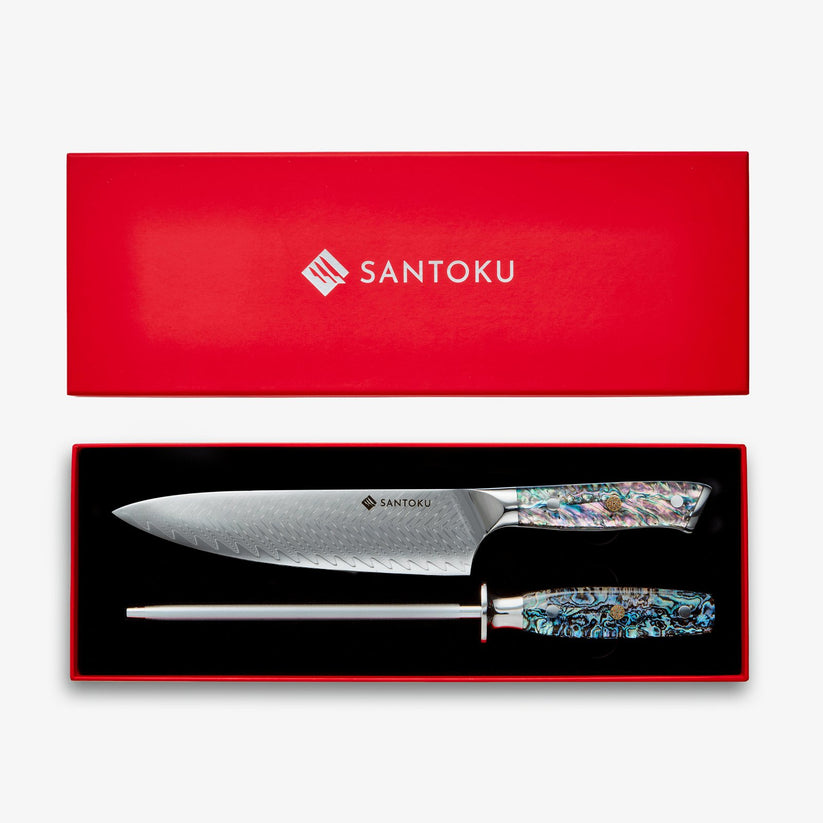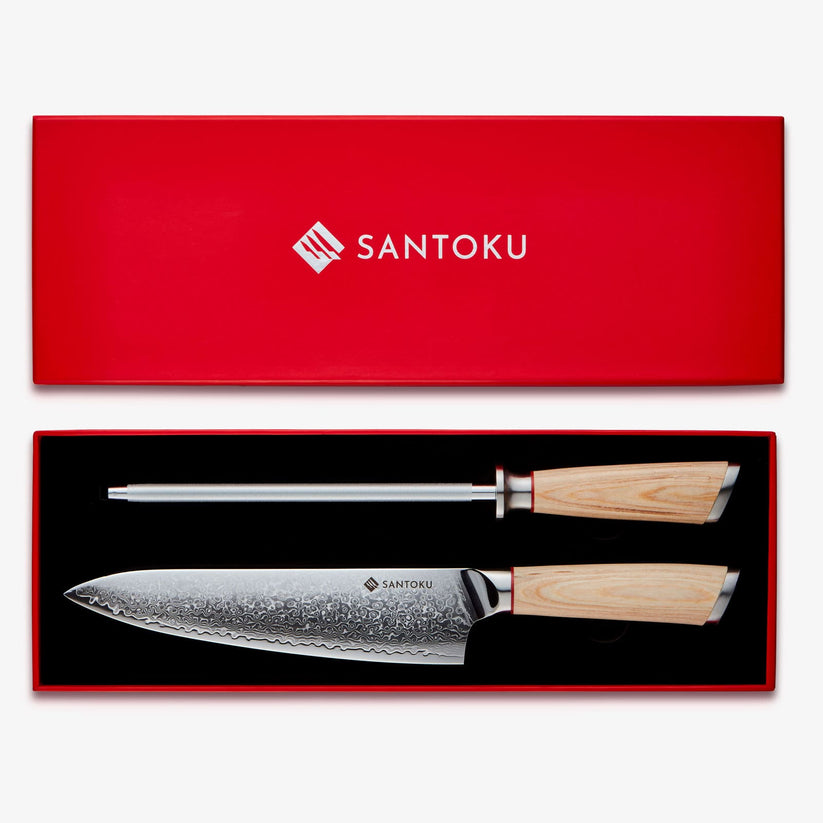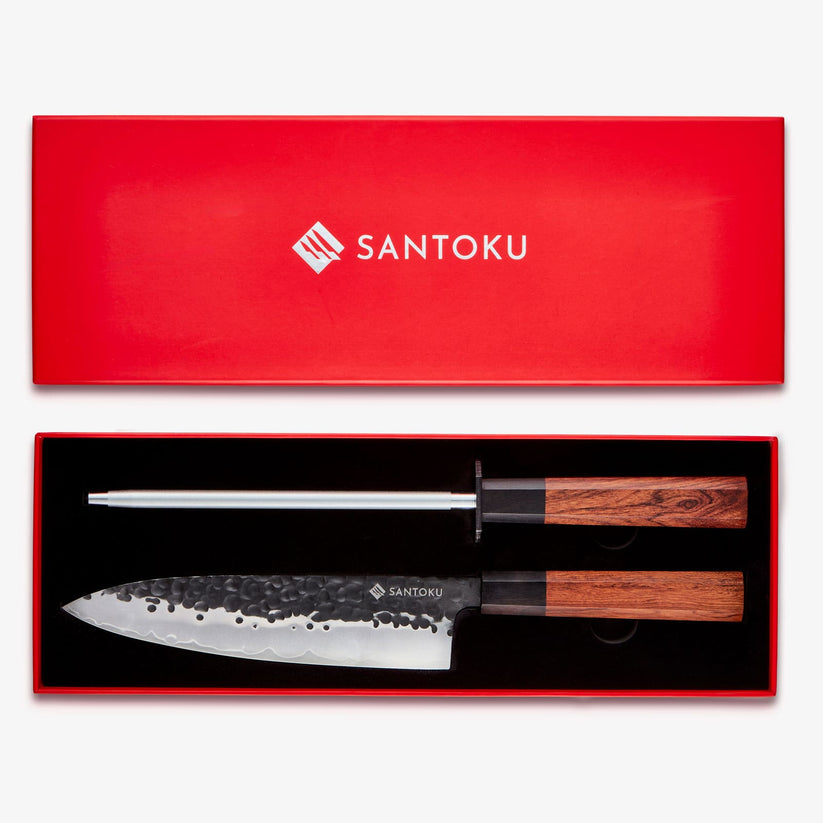
Tips for Cooking Gammon
-
Simmer gently before roasting to keep it tender.
-
Peel the skin off post-boil to reveal fat for glazing.
-
Score the fat to help the glaze caramelise and stick.
-
Don't skip the rest time before slicing.
-
Use a meat thermometer — internal temp should hit 70°C (160°F).
-
Try apple juice or cider in the simmering liquid for extra flavour.
-
Make extra glaze for basting midway through roasting.
-
Add cloves to the scored fat for a festive touch.
-
Use leftovers in sandwiches or bubble and squeak.
-
Store slices in the fridge for up to 3 days — great cold too!
Serve It With Suggestions
-
Creamy mashed potatoes
-
Braised red cabbage
-
Cauliflower cheese
-
Pickled beetroot or onions
-
Buttered greens
-
Mustard sauce
-
Yorkshire puddings
-
Apple compote
-
Crusty bread rolls
-
Bubble & squeak from leftovers
FAQ's
Q: Do I need to soak the gammon first?
A: Most supermarket gammon is mild enough to skip soaking, but if unsure, soak for 4–6 hours to reduce salt.
Q: Can I cook gammon in a slow cooker?
A: Yes — cook on low for 6–8 hours with aromatics, then glaze and finish in the oven.
Q: Can I freeze cooked gammon?
A: Absolutely — slice and freeze in portions, tightly wrapped, for up to 3 months.
Q: How do I know when the gammon is cooked?
A: Use a thermometer — 70°C (160°F) internally, or ensure juices run clear when pierced.
Q: Can I use maple syrup instead of honey?
A: Yes — maple syrup adds a lovely smoky sweetness.
Q: What’s the difference between gammon and ham?
A: Gammon is raw and must be cooked; ham is pre-cooked and ready to eat.
Q: Can I make it spicy?
A: Add chilli flakes or hot English mustard to the glaze for heat.
Q: What sides go best with gammon?
A: Roasted root veg, creamy mash, and mustard sauce are classic pairings.
Q: Should I serve it hot or cold?
A: Both work well — hot as a main, cold in salads or sandwiches.
Q: Can I cook gammon the day before?
A: Yes — reheat gently or serve cold with condiments and salad.







